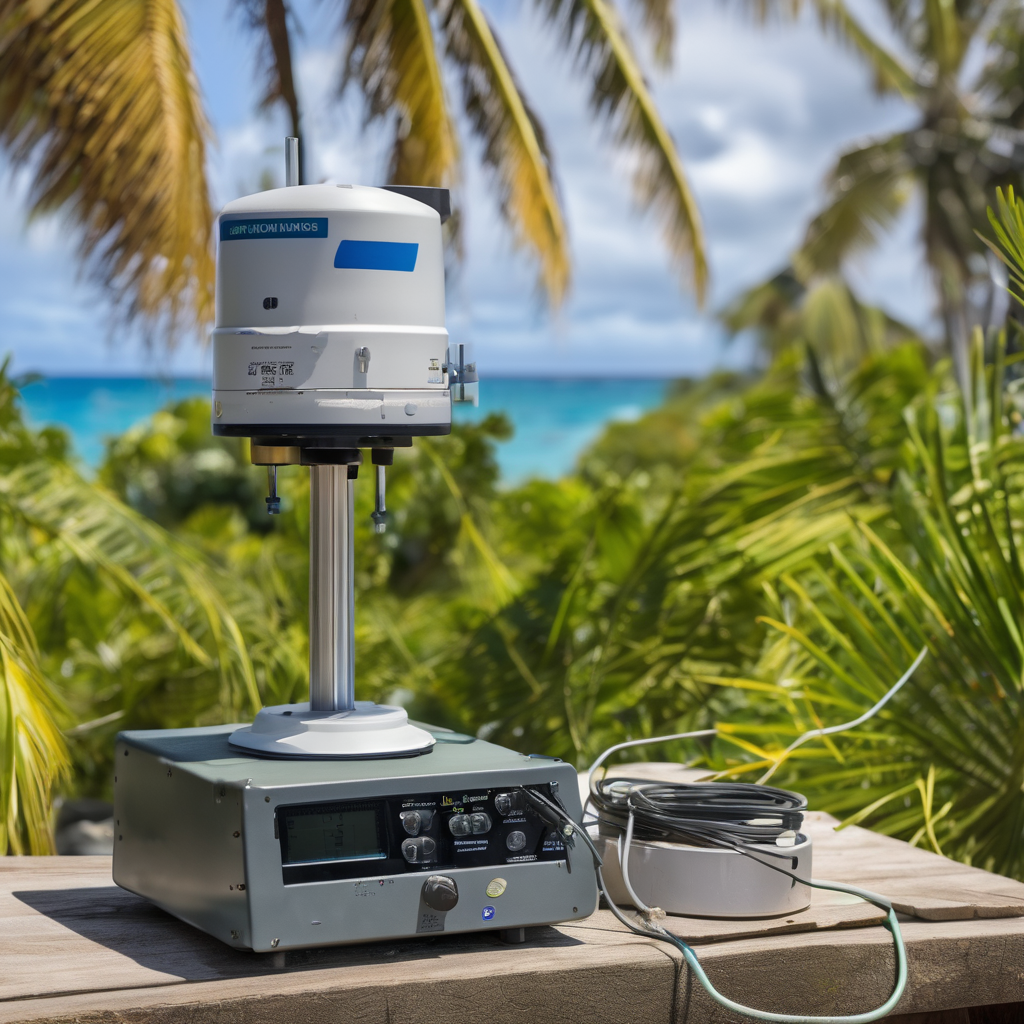Nine seismic stations in Alaska are facing closure this month, significantly impacting tsunami forecasting efforts crucial for alerting coastal communities about potential tsunami threats stemming from seismic activity. These stations have played a vital role in gathering essential data that assists researchers in assessing the magnitude and characteristics of earthquakes along the Alaskan Subduction Zone, a fault known for generating some of the world’s most powerful earthquakes.
The shutdown of these stations results from a federal grant that expired last year, which the Trump administration opted not to renew. This has raised concerns among experts, including Michael West, director of the Alaska Earthquake Center, who emphasized the risk of delayed tsunami warnings for Alaskan communities and less reliable forecasts for states like Washington.
“There’s a compound problem,” West stated, reflecting on the ongoing issues besieging the U.S. tsunami warning system, which has been hampered by budget cuts and understaffing. With the nation’s two tsunami warning centers—located in Palmer, Alaska, and Honolulu—already struggling with a shortfall of staff, the loss of data from these seismic stations could further compromise their operations.
Historically, data from the Alaskan seismic network has been pivotal for tsunami predictions, aiding emergency managers in determining the necessity for evacuation following an earthquake. Presently, the Alaska center has only 11 out of 20 positions filled, while Hawaii’s center is operating with four of its sixteen roles vacant.
Funding for the National Tsunami Hazard Mitigation Program, which underwrites tsunami risk reduction efforts across various states, has also seen a significant decrease, from a historical average of $6 million to only $4 million in 2025. West described the program as being “on life support” due to these financial constraints.
The recent closure plans include leaving the equipment of the nine stations in place, located predominantly in the remote Aleutian Islands, which are crucial for monitoring seismic activity in the region. The absence of these stations raises alarms among experts, including Washington state seismologist Harold Tobin, who underscored the necessity of continuous monitoring in this sparsely populated area.
Historical evidence highlights the urgency of this situation, as the Alaska-Aleutian subduction zone is one of the most active earthquake zones globally, having generated significant tsunamis in the past, including the devastating 1964 tsunami that resulted from a magnitude-9.2 earthquake and claimed numerous lives. The closure of these seismic stations could lead to increased uncertainty in tsunami forecasts, making decision-making about evacuations along the West Coast more complicated and less reliable.
Nevertheless, there is hope that discussions around revamping tsunami warning efforts in the U.S. will spark initiatives to enhance the monitoring system before the next potentially disastrous event occurs. The fate of tsunami preparedness and response efforts lies in the balance, hinging on the commitment to invest in vital scientific infrastructure that can safeguard coastal communities from natural disasters.
